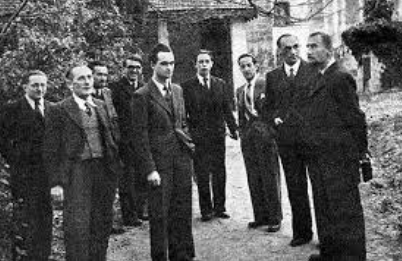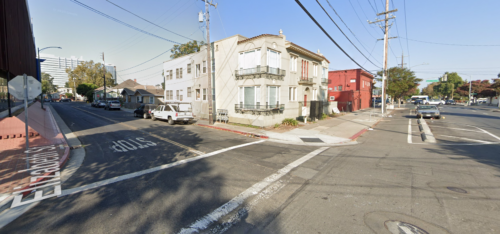As long as I’m posting about very unfortunately overlooked stories about the Polish cryptanalysts of WWII who were the first to break the Nazi Enigma in the early 1930s… I should also mention here that Spanish cryptanalysts collaborated with the Poles yet are even lesser known.

I just noticed that an hour-long 2019 documentary about them was posted online by RTVE (“EQUIPO D: LOS CÓDIGOS OLIVDADOS” or The Lost Codes) to help bring this chapter of history to light.

Here’s my very rough translation of its synopsis:
This documentary sheds light into the WWII story of Allied codebreakers. It was a strategic chess match in the shadows, involving the brightest minds of the era, whose outcome was crucial to speeding up a violent end to German and Italian fascism. The role of Spanish cryptographers was both pivotal and yet largely unnoticed until now.
Previously, we knew just that a group of Republican codebreakers, imprisoned by Franco’s regime, had been rescued by French military and put into service against Germany. They were joined with elite units of Allied minds (American, British, French, and Polish) to work on deciphering the Nazi Enigma machine, a tool essential to the communication of Hitler’s troops.
This film delves into the identity and contributions of this small Spanish group of codebreakers known as Team D. Overlooked by history, they courageously risked their lives in the world-wide fight against fascism.
And here’s the RTVE trailer released five years ago for a documentary called “EQUIPO D: LOS CÓDIGOS DESCONOCIDOS” (The Unknown Codes) that so far has exactly only 184 views on YouTube.



